Freezing fresh spinach leaves is easier than you think, and they can be stored for up to 12 months when stored correctly. It is a great way to prep ahead and can be very handy as they can be used straight from the freezer without the need to defrost them. Learn how to freeze greens for smoothies, curries, soups, and stews with this easy recipe.
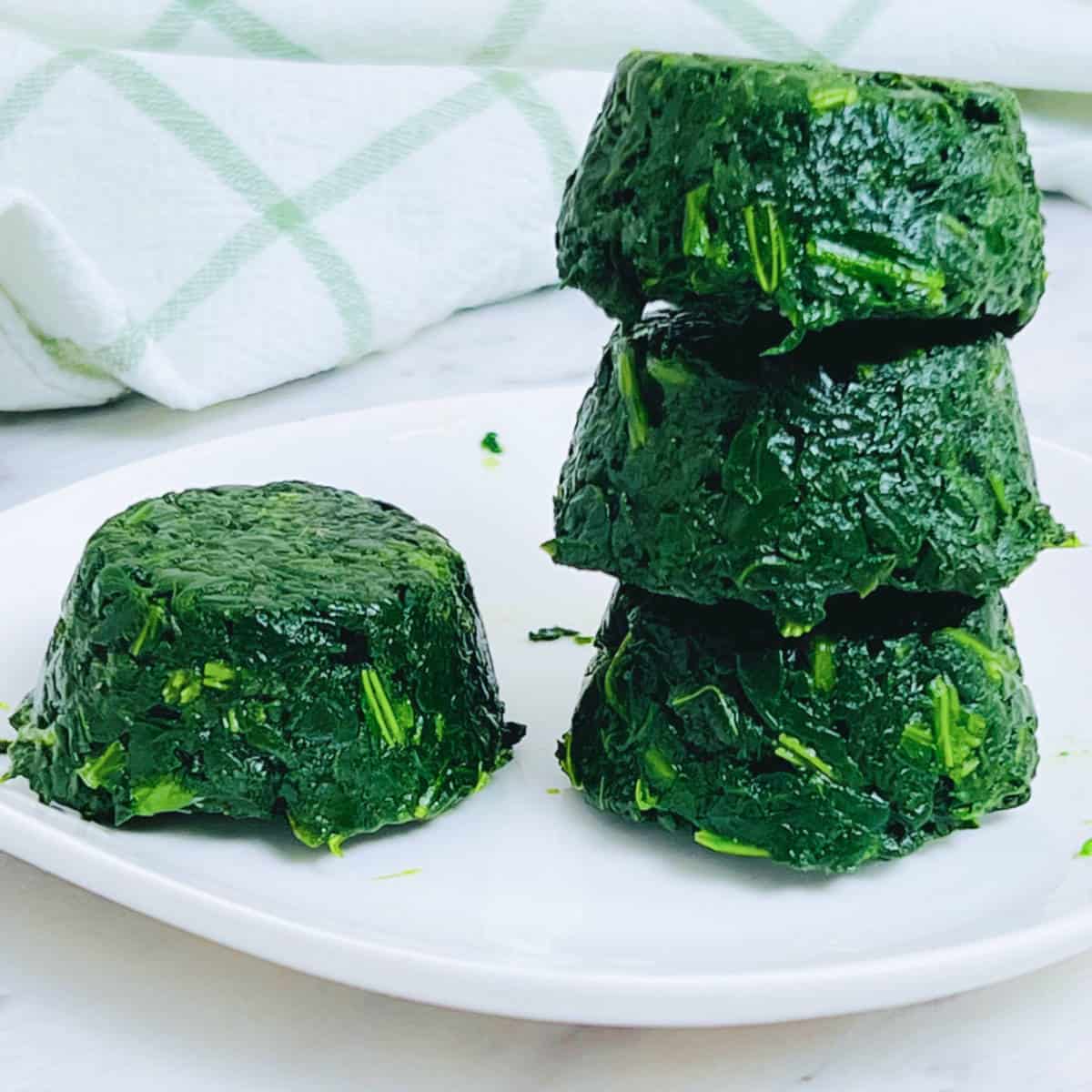
Frozen vegetables that can be used directly in cooking are such time savers. Prepping ingredients is a great way to save time on busy days and is also a great option to save money. While frozen spinach is easily available in any grocery store, freezing fresh spinach at home is easier than you think.
Buy a big batch when they are abundant, or grow your own spinach at home and freeze them to use throughout the year. One pound of fresh spinach will give you around 10-12 oz of frozen spinach after cleaning and blanching.
Why you will love this guide?
- Easy-to-follow instructions: My detailed guide includes step-by-step instructions that are easy to follow, making the freezing process a breeze.
- Versatile for other greens: Not only is this useful for freezing spinach, but it can also be used for freezing other greens such as kale, collard greens, and more.
- Convenient ways to use frozen spinach: This article goes beyond just freezing spinach and includes different ways to use frozen spinach without defrosting.
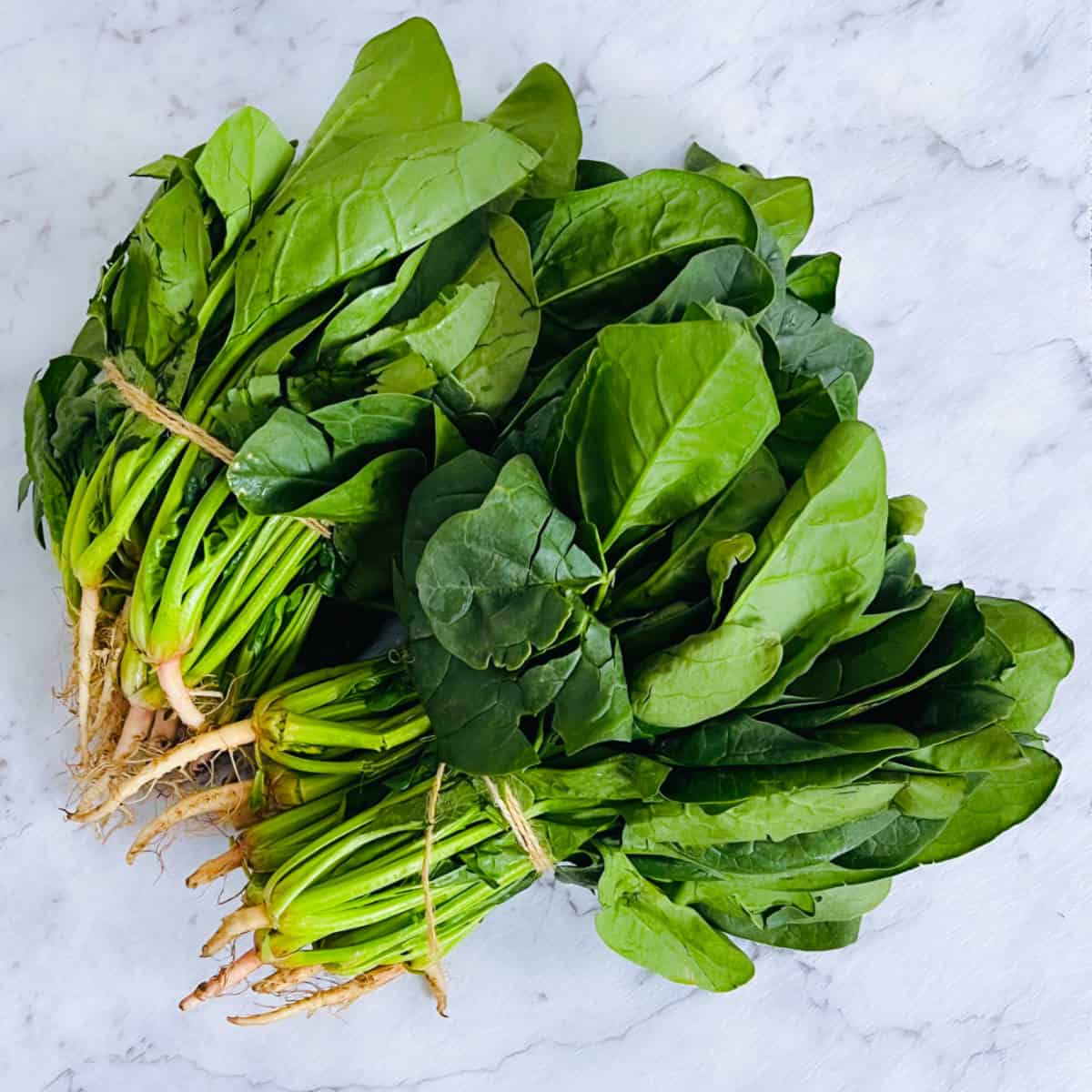
Step-by-step instructions on freezing spinach
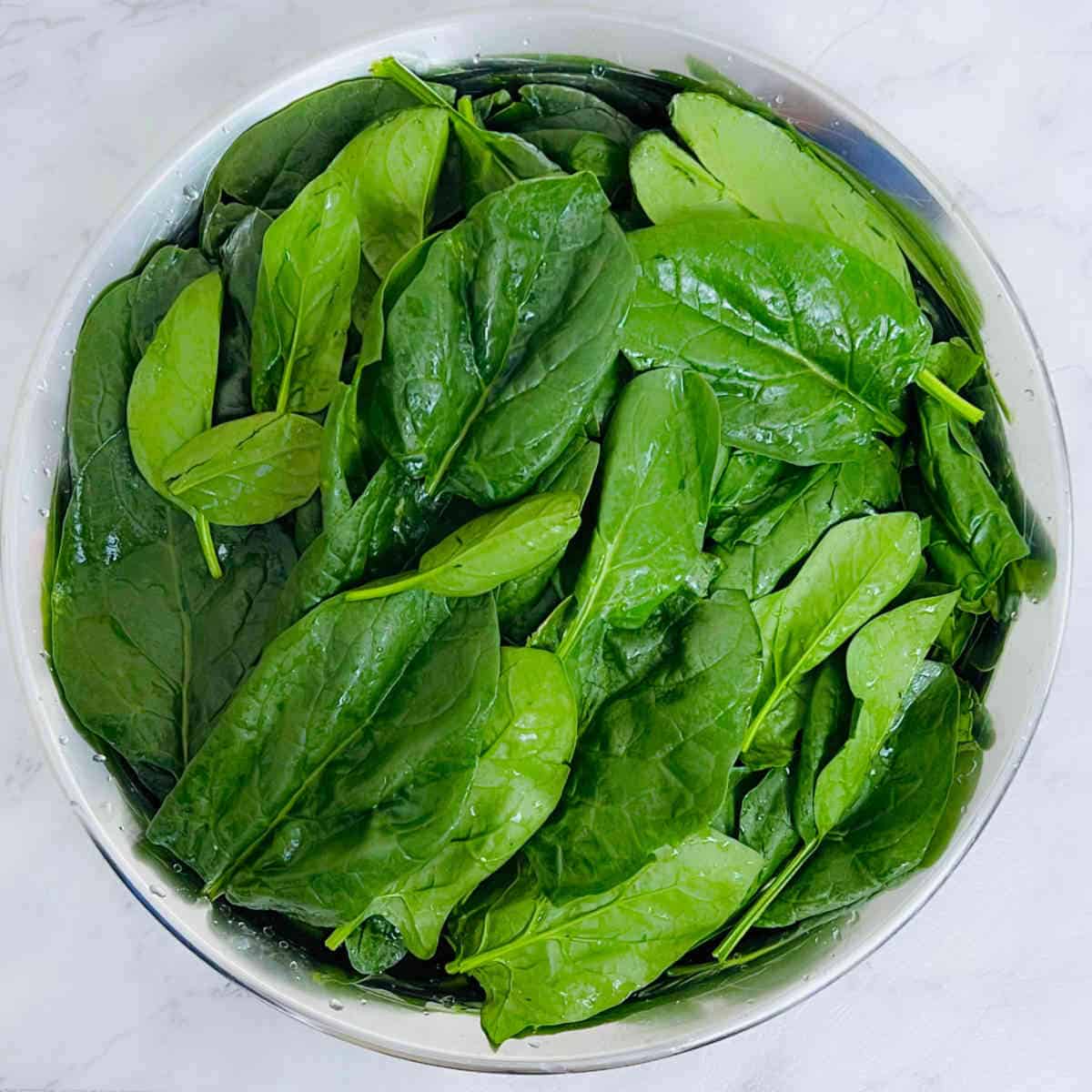
Step 1: Cut the roots and thick stem of the raw spinach. Take a large bowl of water and add the whole spinach leaves. Let it sit for 2-3 minutes. This will help loosen and remove any trace of dirt or mud stuck to the leaves, which will settle down. Take the leaves out of the water.
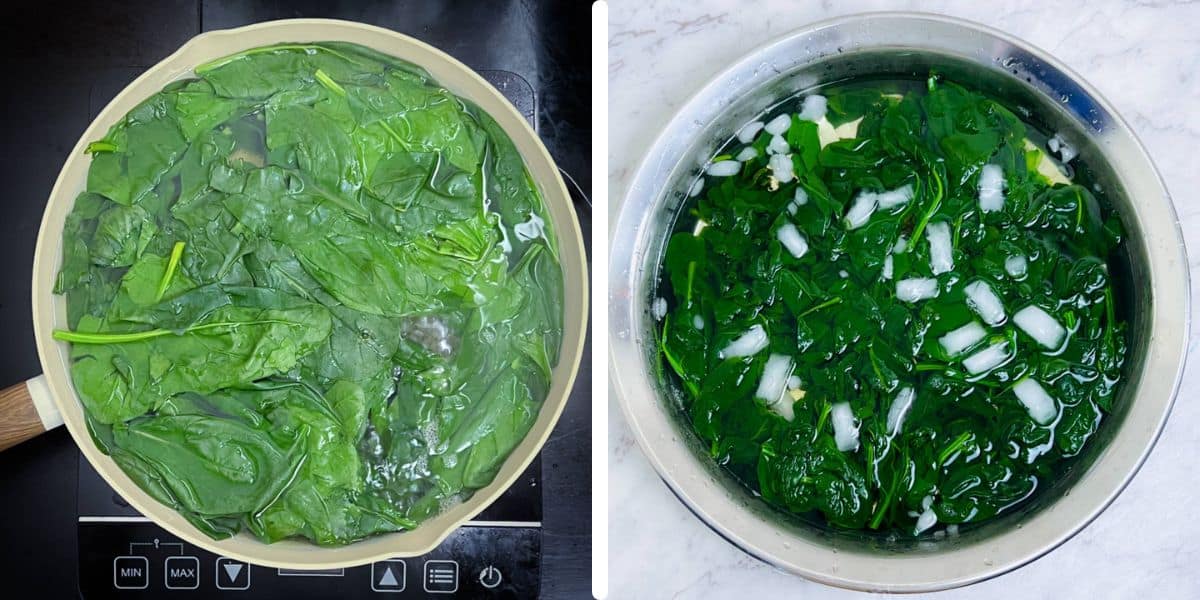
Step 2: Take a large pan or pot of water and bring it to a rolling boil. Fill a wide bowl with cold water and ice cubes and keep it aside. Add the spinach leaves to the boiling water and give them a good mix. Make sure all the leaves are fully immersed in water. Let it sit for 2 minutes. Carefully take the spinach out of the boiling water. Add it immediately to the large bowl of ice water. This will immediately stop the spinach from cooking any further.
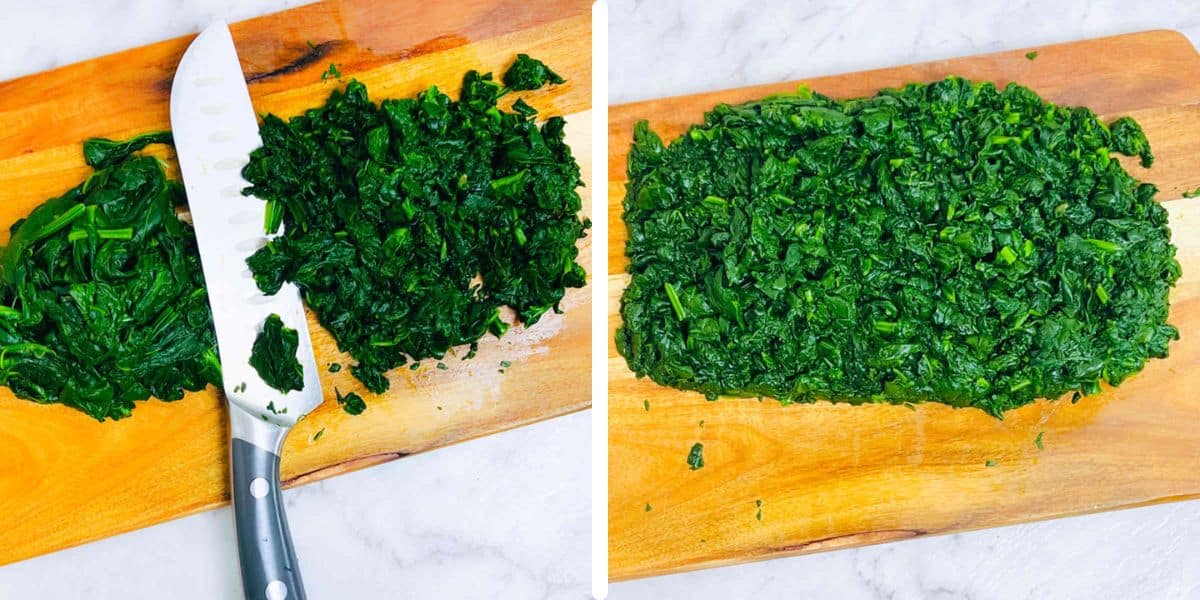
Step 3: Remove the cooled spinach and let it sit in a colander for 5 minutes to drain the excess water. Remove as much water as possible by squeezing the leaves with your hands. Place them on a cutting board and chop the blanched spinach. You can chop it finely into small pieces or coarsely, as preferred.
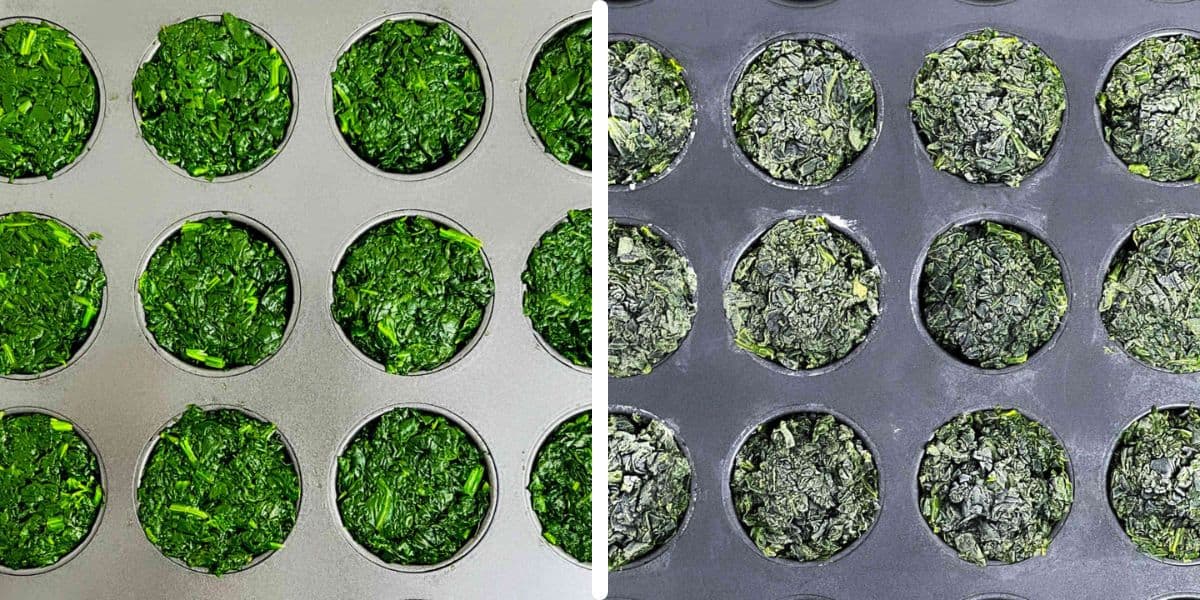
Step 4: Portion the spinach and divide it into the tin. Let it freeze for 4-5 hours.

Step 5: Transfer the frozen cubes into a ziplock pouch or freezer bag and store them for up to 12 months.
Expert Tips
I like to use a muffin tin or large ice trays that hold about one oz of blanched spinach. This way, they are portioned and ready to use.
If you have access to a salad spinner, use it to drain excess water from the blanched spinach.
Transferring the blanched spinach to ice water immediately is an important step. This not only helps stop the cooking process but also helps preserve the bright color of the greens.
Fresh leaves, particularly baby spinach leaves, can be stored in the refrigerator for up to one week. Clean the spinach and dry them thoroughly. Place them in an airtight container along with paper towels and store them. This is the best option to use for a spinach salad or other fresh salads.
It is important to blanch the leaves if you want to store them for a longer time. Unblanched greens can be stored in the freezer for only up to 2-3 weeks.
Frozen greens may get freezer burns if they are exposed to air. However, they are safe to consume and can be used. The best option to avoid freezer burn is by removing as much air as possible from the freezer-safe bags before storing them in the freezer.
You can follow these instructions to freeze other greens like fenugreek leaves, swiss chard, or collard greens.
Recipes to try using frozen spinach
Here are some delicious recipes to use spinach straight from the freezer. They are also a great addition to pasta dishes, soups, stews, dips (like this delicious baked spinach artichoke dip), and more. Prepping and freezing spinach is the easiest way to include this green vegetable in your diet.
- Spinach Lamb Kofta Curry
- Chicken Tangdi Kabab (Grilled Chicken Drumsticks)
- Aloo Palak (Potato and Spinach Curry)
- Spinach Dal (Dal Palak Recipe)
- Spinach Soup / Palak Soup
- Chana Palak / Chickpea Spinach Curry (No Onion, No Garlic)
- Palak Paneer using frozen spinach - Instant Pot
- Palak Paneer Sabzi (Sauteed Spinach and Paneer)
Recipe FAQs
It is highly recommended to blanch the spinach before freezing it, especially if you are planning to freeze it for a long time. The freezing process breaks the enzymes, helping them stay fresh for a longer period. Unblanched spinach can be frozen for 2-3 weeks, but anything over that needs blanching.
Yes. They can be used directly from the freezer without the need to defrost them.
To freeze spinach for smoothies, blanch the leaves, drain excess water, and puree them. Transfer the spinach puree into ice cube trays, freeze for 5-6 hours, then transfer the spinach cubes to freezer-safe bags or containers for long-term storage. The frozen spinach puree can be used directly in smoothies without thawing.
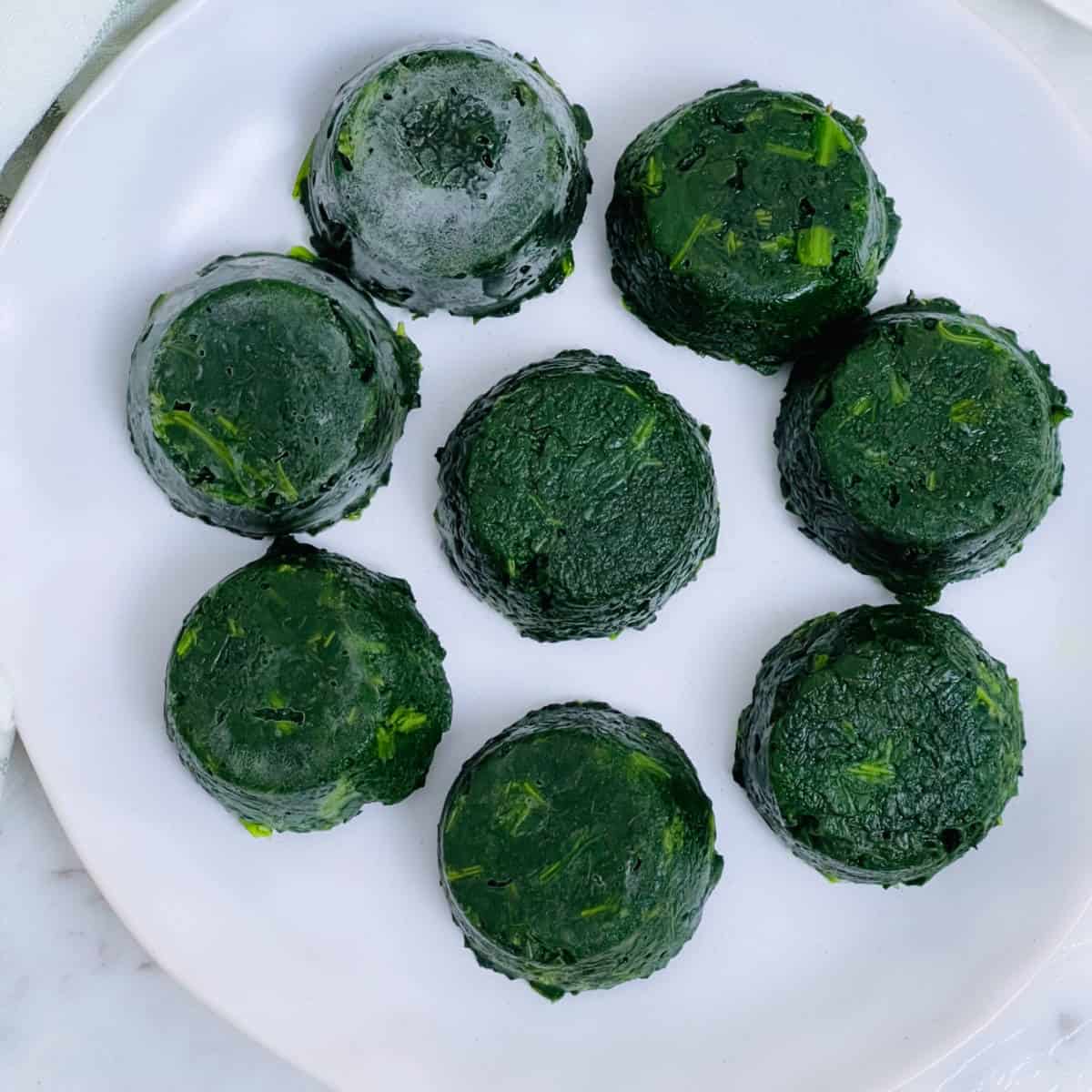
If you tried this Frozen Spinach Recipe or any other recipe on my website, please leave a ? star rating and let me know how it went in the ? comments below.
Recipe card
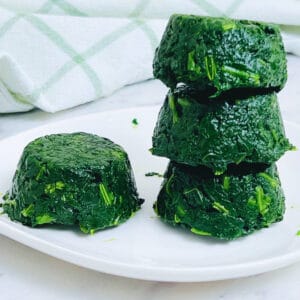
How to freeze spinach
Ingredients
- 2 bunch fresh spinach leaves or as needed
Instructions
Prep the spinach:
- Cut the roots and thick stem of the spinach and discard.
- Take a large bowl of water and add the leaves. Let it sit for 2-3 minutes. This will help loosen and remove any dirt or mud stuck to the leaves, which will settle down. Wash the leaves thoroughly.
- Take the leaves out of the water.
Blanching:
- Take water in a large pot and bring it to a rolling boil.
- Fill a wide bowl with cold water and ice cubes. Keep it aside.
- Add the spinach leaves to the boiling water and give them a good mix. Make sure all the leaves are fully immersed.
- Let it sit for 2 minutes. Carefully take the spinach out of boiling water using a slotted spoon.
- Move them immediately to the ice-cold water. This will stop the spinach from cooking any further.
- Remove the cooled spinach and let it sit in a colander for 5 minutes. Drain any remaining water by squeezing the leaves with your hands.
- Place them on a cutting board and chop the blanched spinach. You can chop it finely or coarsely as preferred.
Freezing in muffin tins:
- Portion the spinach and place them in the muffin tin.
- Freeze for 4-5 hours. Transfer the frozen cubes into a ziplock pouch and store them for up to 12 months.
Freezing unblanched spinach:
- Wash and clean the spinach as mentioned above. Place it on a kitchen towel and let it dry.
- Transfer into a freezer-safe bag. Remove excess air from the bag and seal it.
- Place in the freezer and use within 2-3 weeks.










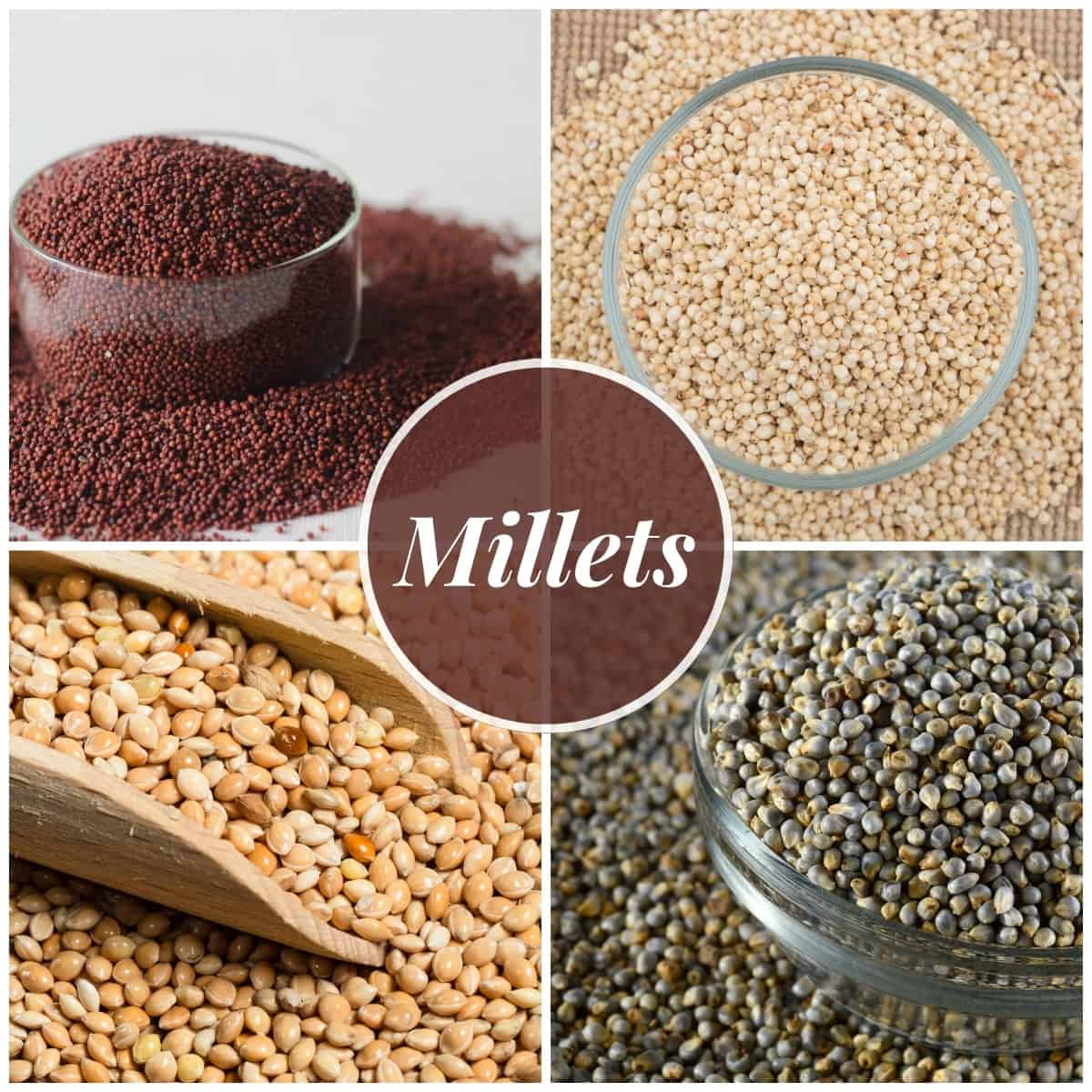

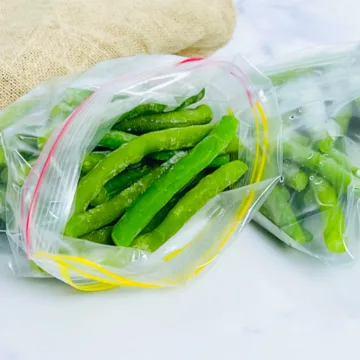
Comments
No Comments